Reliable Ethylene Methacrylic Acid Supplier
We’re leading supplier and exporter of plastic raw materials from China for more than twenty years, we focus on world popular brands and also China origin polymers, such as SK, ExxonMobil, DOW, etc. For the products list and Ethylene Methacrylic Acid price, please feel free to contact us.
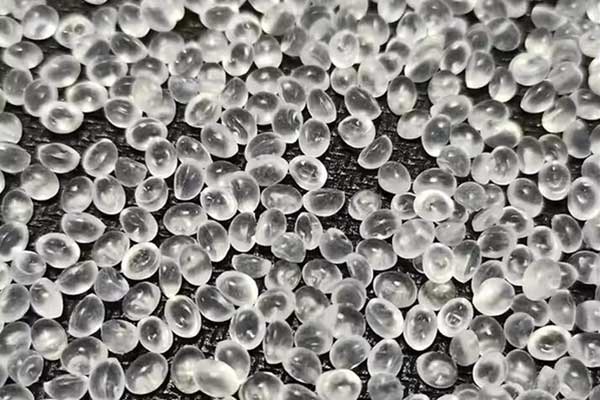
Choose The EMAA Models
| Trademark | Methacrylic Acid Content (%) | Density (g/cm³) | MI (g/10min) |
|---|---|---|---|
| NUCREL™ 0407HS | 4.0 | 0.932 | 7.5 |
| NUCREL™ 0910HS | 8.7 | 0.93 | 10 |
| NUCREL™ 0910 | 8.7 | 0.93 | 10 |
What Are Applications of Ethylene Methacrylic Acid
Application of EMAA in Food packaging field
EMAA can be used as a component of laminating film in food packaging to provide excellent gas barrier properties and moisture resistance, effectively extending the shelf life of food and maintaining the freshness and quality of products. EMAA can be blended with other plastic materials to make multi-layer composite films for packaging perishable foods such as meat, dairy products, fruits, and vegetables. This composite film can provide better closure, isolate the entry of oxygen and moisture, and effectively extend the shelf life of food and maintain its freshness.
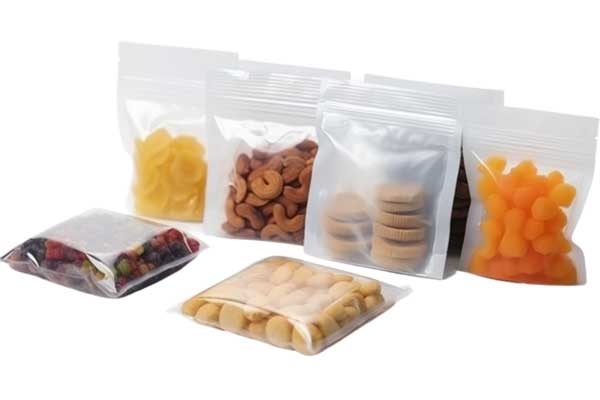
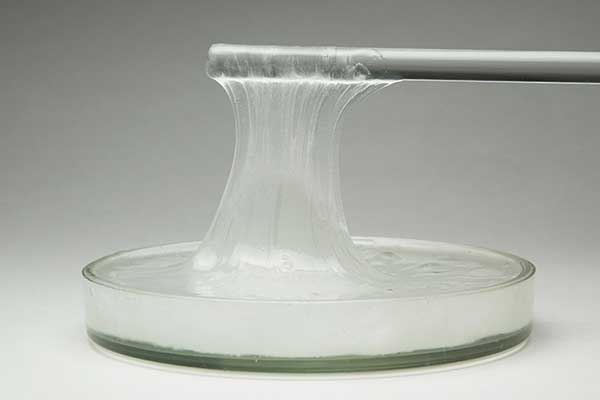
Applications of EMAA in the Adhesives
EMAA has good adhesion and solvent resistance, so it has some specific applications in the adhesive field. For example:
Carton packaging adhesives. EMAA polymers are often used in the paper industry as adhesives for cardboard packaging, including bonding the sides, bottoms, and tops of cartons. EMAA adhesives have high adhesion and solvent resistance, can effectively bond cardboard, and provide strong and reliable bonding strength.
Tape manufacturing. EMAA polymer can be used as adhesives in the tape manufacturing process. It can provide good adhesion and solvent resistance, allowing the tape to adhere firmly to various surfaces. EMAA adhesives can be used to make various types of tapes, such as packaging tapes, sealing tapes, double-sided tapes, etc.
Furniture manufacturing. In the furniture manufacturing process, EMAA adhesives can be used to glue materials such as wood, fiberboard and particleboard. It can provide excellent adhesion properties, so that the glued parts of furniture products have good connection strength and stability.
Automotive interior bonding. EMAA adhesives can be used to bond and fix materials for car seats and interior parts such as dashboards and door panels. EMAA adhesives have high adhesion, wear resistance and high temperature resistance, which can meet the requirements of automotive interior components.
When applying EMAA adhesives, common methods include hot melt bonding and solvent bonding. In the hot melt bonding process, Ethylene Methacrylic acid EMAA are heated to a molten state and then coated or sprayed onto the surface of the material to be bonded, and a strong bond is formed by cooling and solidification. In solvent bonding, EMAA polymers are usually dissolved in a suitable solvent and then coated on the surface of the material to be bonded, and the bond is formed after the solvent evaporates.
Application of EMAA in Polymer modification
EMAA can be used as one of the components of plastic blends to improve the flexibility, transparency and impact resistance of plastics.
Thermoplastic elastomers. Thermoplastic elastomers (TPE) can be prepared by introducing crosslinkers or modifiers into EMAA polymers. Copolymers of EMAA with other polymers such as polypropylene (PP), polyethylene (PE), polystyrene (PS) or polycarbonate (PC) can form elastomeric materials.
Tougheners. In some brittle materials, such as polymers with high impact strength requirements, EMAA can be used as a toughener. The high toughness and softness of EMAA can effectively improve the impact resistance of the material and prevent the material from breaking.
Viscosity improvement. In some polymer systems, the addition of EMAA can improve the fluidity and processing properties of the polymer. EMAA has a low melt viscosity and good injection molding fluidity, which helps to reduce the viscosity of the polymer and improve the melt fluidity, thereby improving the processing properties of the material.
When applying EMAA for polymer modification, the specific application method will vary depending on the desired properties and material type. Typically, EMAA is mixed with the target polymer in a certain proportion and uniformly dispersed and mixed by melt blending, solution blending or reaction blending. Depending on specific needs, the material properties can be regulated and optimized by adjusting the ratio, reaction conditions and process parameters.
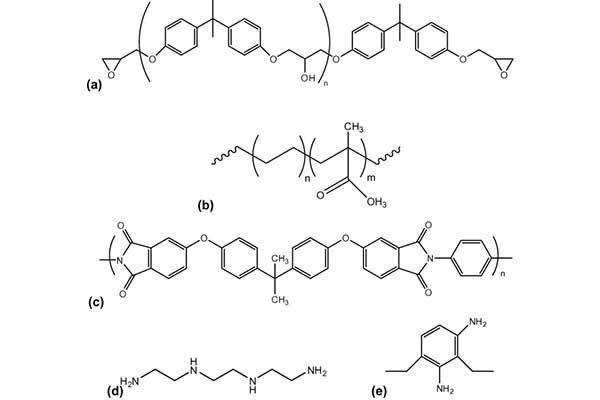
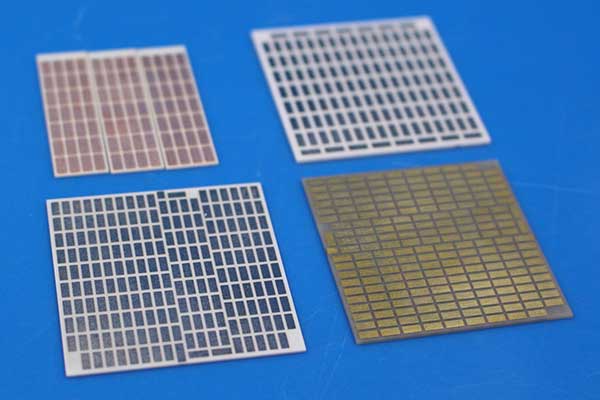
Applications of EMAA in Electroplating spray
Electroplating substrate. Ethylene Methacrylic acid can be used as an electroplating substrate to provide a base material that can be well bonded to the electroplating coating. The surface characteristics and adhesion properties of EMAA can ensure a strong bond between the electroplating coating and the substrate, and increase the adhesion and durability of the electroplating layer.
Anodic layer. In some electroplating spray processes, EMAA resin is used as an anode layer material. The anode layer can attract metal ions and promote them to form a uniform electroplating coating on the metal substrate. The electrical conductivity and chemical resistance of EMAA make it one of the options suitable for use as an anode layer.
Impermeability layer. In electroplating spray, EMAA resin can also be used as an impermeability layer material to prevent the electroplating solution from penetrating into the substrate. EMAA has good chemical resistance and can effectively isolate the corrosion of the electroplating solution to the substrate, protecting the integrity and performance of the substrate.
What Are Excellent Properties of Ethylene Acrylic Acid Copolymer
The properties of copolymers of ethylene and a small amount of methacrylic acid depend on the content of MAA. Its melting point, rigidity, and tensile yield strength are lower than those of polyethylene, and decrease with increasing MAA content. Gas permeability and environmental stress cracking resistance increase with increasing MAA content.
-
Transparency and toughness
EMAA has excellent transparency and toughness because its molecular structure has extremely low crystallinity. This property makes EMAA widely used in packaging materials and transparent products.
-
Elasticity, softness, and oil resistance
EMAA has good elasticity and softness, and good resistance to grease. These properties make it important in the fields of wires and cables, sports equipment, etc.
-
Gas permeability and environmental stress cracking resistance
As the methacrylic acid content increases, the gas permeability and environmental stress cracking resistance of EMAA will also increase. This makes it perform well in applications that require high gas barrier and environmental stress resistance.
-
Adhesion
EMAA has excellent bonding properties to materials such as metals and glass, which makes it important in composite materials.
- Email: sales@chemategroup.com
- Tel: 0086-371-60921621
- Whatsapp: +86 18624832876
- Wechat: +86 18624832876
- ADD: NO.80 PUHUI ROAD,ZHENGZHOU CITY, HENAN PROVINCE, CHINA
